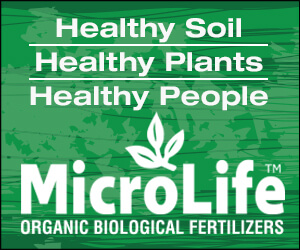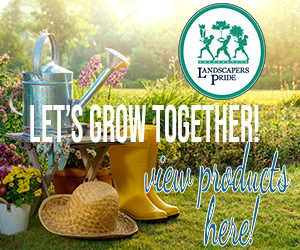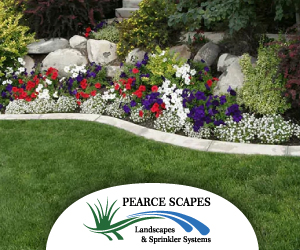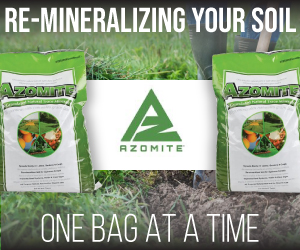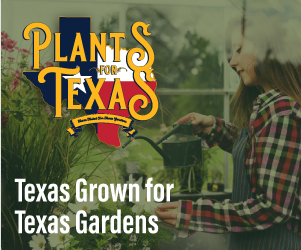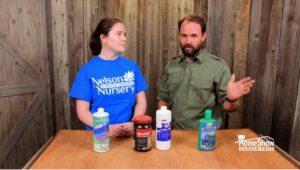Houston Organic Garden Tips & Advice
Transcript:
Bees, as you know, are highly important to all of plants. You’ve got to have them to pollinate almost everything on the earth. Anita’s got some great tips on what flowers to buy to really get more bees in your space and have them do their pollination thing.
Well, we gathered up a bunch of flowers, and the first one that you have right here-
This one doesn’t work.
That’s because it’s a double, and you can’t even see the pollen or the pistils or stamens that the bee’s looking for.
Oh, so if I can’t see it, the bees aren’t going to really find it that well?
Yes. This is the same plant, marigold, but it’s a single and you can see in the center of it that it has the pollen, and the stamen, and the pistils, where the bee gets the nectar.
The blackfoot daisy has always been one of my favorite plants. But just like you’re saying, the yellow part-
That’s what the bees are looking for because actually most of these flowers that we have here are what they call composite flowers.
Okay.
This is not one flower. It’s actually many flowers.
Oh, I see.
Yes. Each one of those petals acts as kind of a target that guide the bee into where the money part is, the nectar and the pollen, which are in that center yellow part.
Got you. You can see it really good on these yellow ones.
Yeah. Let me hold it up for you and you can see it right here.
Oh, look at this one here, too. Yeah.
Yep.
Wow. This is fun.
Yes. Here’s one that’s not quite as obvious.
Oh, yeah.
Yeah. Azuratum, which is actually native around here, too.
Nice.
It grows in the woods around my house and bees and butterflies love this one.
This one must store a lot of nectar also because I’ve seen these covered with butterflies.
Yeah.
Really cool. Tell me about this cool blue one up in front here.
Well, this is a balloon flower, also native to this area. It has a long, long pistil here. But the bee can come and get the pollen.
Got you.
Bees also like pollen as well as nectar. You plant your begonias and they’re not necessarily a nectar flower, but they’ve got a lot of pollen and bees actually collect pollen. They have a little pollen sack and they bring it to the hive and they feed their-
That’s awesome.
They feed their babies with it.
Their babies. Because pollen’s the protein and nectar’s the sugar.
That’s right. Yes. Exactly.
Any care tips on these things? Do they like it hot or dry?
All these plants, almost all of them, really like it hot. They like a well-drained soil. They like it dry.
Sounds dreamy.
The way to keep them blooming for you is to do what we call dead heading.
Could you show me that? This one looks like a good example.
Yeah. This one right here has a flower that’s just about finished and this is the one that you would dead head. You can usually just use your finger and pop it right off. That way, the plant won’t go into seed production. It’ll keep on making flowers.
Oh, wow. That way, you extend the bloom cycle, really keep more flowers coming in.
Yeah. I just would recommend that you let the plants go to seed in the fall and then a lot of them will reseed themselves in your garden.
Then you’ll have a continued process. I love it.
Yeah.
Well, great information, Anita.
Thank you.
For more great information, go to HomeShowGardenPros.com.



